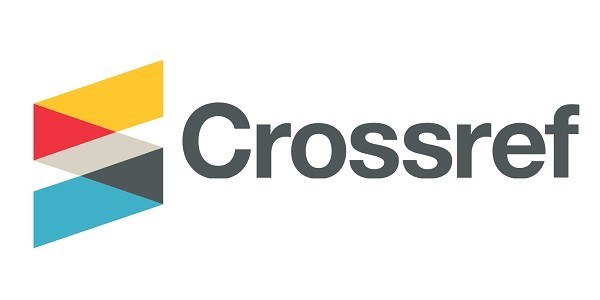Judgement Modality In The Editorials Of The Epoch Times Newspaper
DOI:
https://doi.org/10.56326/jlle.v1i2.1355Keywords:
Modal Verbs, Modality, Epistemic ModalityAbstract
The purpose of this study was to determine the type of epistemic modality most frequently used and also to determine the speaker's attitude towards his editorial. The level of editorial confidence in the written editorial can be seen by looking at the use of verb modals which is epistemic modality. The writer assesses modality based on qualitatif method to describe the speaker’s attitude and quantitative to determine the type of modality that is the most often used. The data collection procedure was sourced from newspaper and used 43 editorial texts as the research sample. The results of this study found that the type of epistemic modality most often used was the assumptive type which reached 61,8%. The second is the speculative type with a percentage of 26,4%. The third is deductive type with a percentage of 8,9%. And the fourth is concessive type with a percentage of 2,9%. Apart from that, this study also found that the speaker's attitude was doubtful about his proposition when based only on possible conclusions. The speaker's attitude is confident in his proposition when it is based on a sound conclusion. The speaker's attitude of being confident and believing what is necessity to do is based on the only possible conclusion. And the speaker predicts something to be true when the speaker has evidence that contrasts with the proposition.
References
Arikunto, Suharsimi. (2010). Prosedur Penelitian Suatu Pendekatan Praktik. Jakarta: Rineka Cipta
Bogdan, R. & Biklen, S. (1992). Qualitative Research For Education. Boston: Allyn and Bacon.
Downing, A. And Locke, P. (2006). English Grammar. Abingdon: Taylor & Francis e-Library.
Faisal, Muhammad and Syahri, Chaidir. (2019). Using Deontic Modality in Maze Runner (The Death Cure) Movie. Professional Journal of English Education, 02(04), 771-775
Finegan, E. (2014). Language: Its Structure and Use, fifth edition. United States: Thomson Wadsworth.
Hardjanto, T.D., and Nala Mazia. (2019). “We believe in democracy...”: Epistemic Modality in Justin Trudeau’s Political Speeches. Jurnal UGM. 31(2), 130-141.
Jinghua, Zhang. (2019). A Semantic Approach to the English Modality. Journal of Language Teaching and Research, 10(04), 879-855.
Nugraha, D.N.S, Cece Sobarna, Sutiono Mahdi and Nani Darmayanti. (2018). The Mode of ‘Must’ in the Moodality of Necessity in English and Its Equivalents in Indonesian: A Syntactic and Semantic Analysis. Journal Sampurasun, 04(02), 82-94.
Palmer, F.R. (1981). Semantics. Cambridge: Cambridge University Press.
Palmer, F.R. (2001). Mood and Modality, second edition. Cambridge: Cambridge University Press.
Richmond, Sadic. (2017). Epistemic Modal Verbs in Research Articles Written By Ghanaian and International Scholars: A Corpus-Based Study of Three Disciplines. Brno Studies in English, 43(02), 5-27.
Saeed, I.J. (2016). Semantics, Fourth Edition. Hoboken: Blackwell Publisher.
Sugiyono. (2013). Metode Penelitian Pendidikan Pendekatan Kuantitatif, Kuantitatif, dan R&D. Bandung: Alfabeta.
Sweet, Henry. (1990). The History of Language. London: The Macmillan Company.
Downloads
Published
How to Cite
Issue
Section
License
Copyright (c) 2021 Suci Sam, Dahlia D. Moelier, Sudirman Maca

This work is licensed under a Creative Commons Attribution 4.0 International License.










